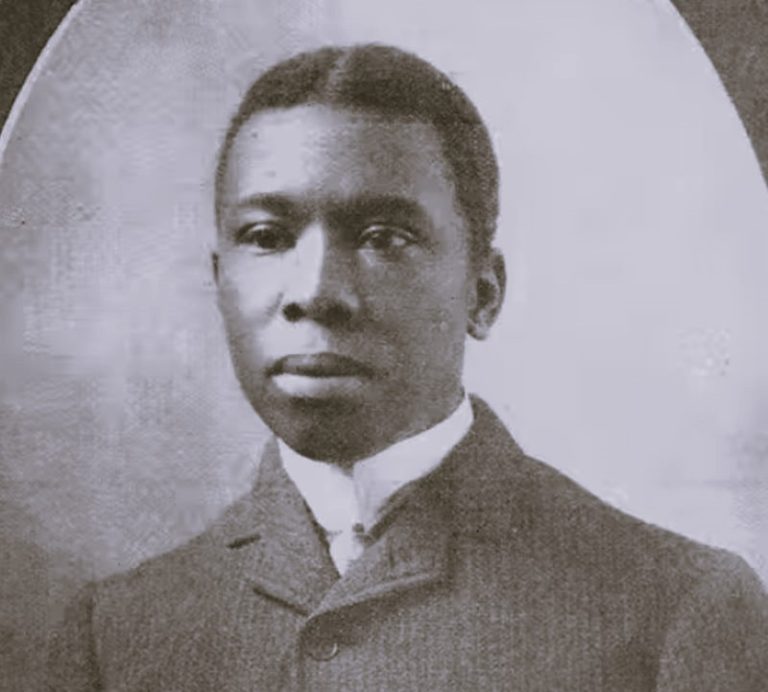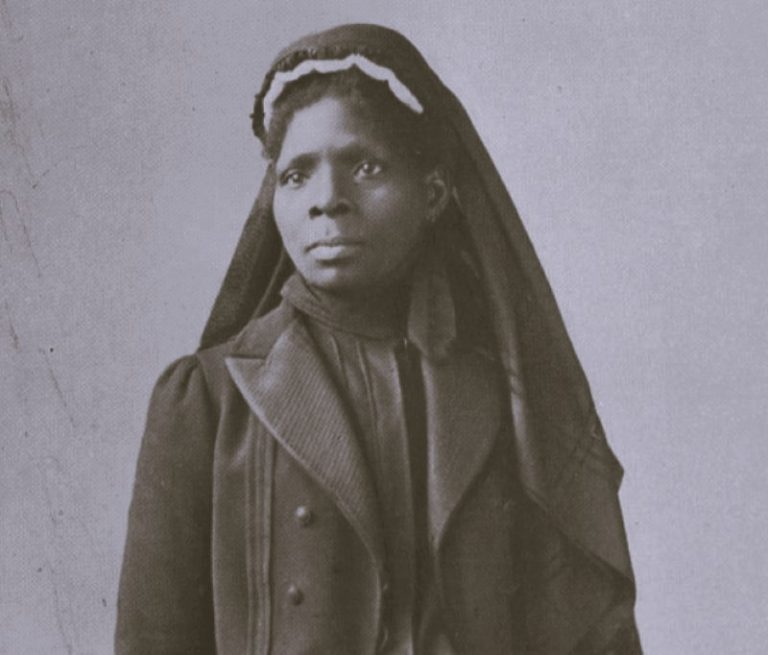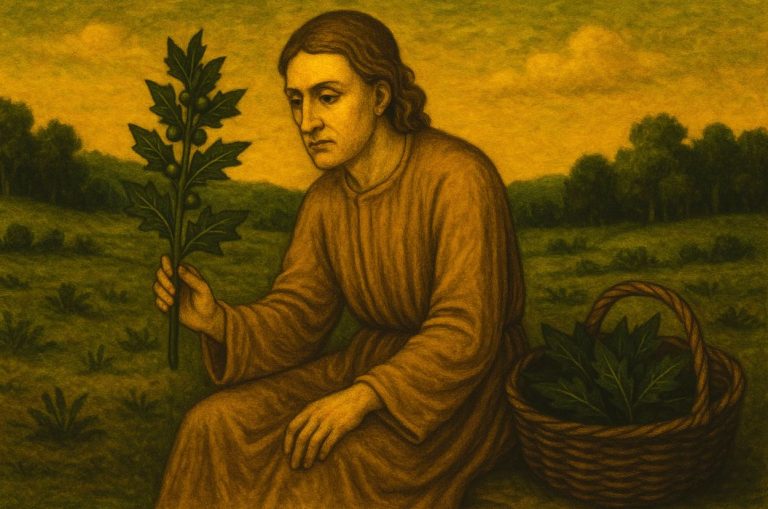
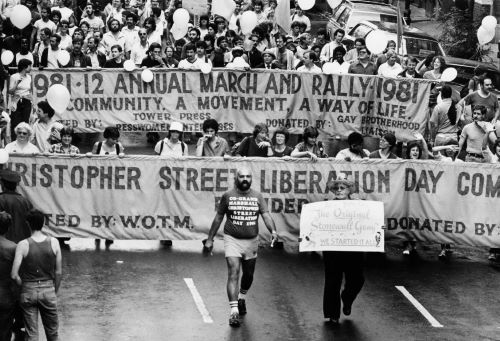
From the outset, organizers envisioned it as a national celebration.

By Megan Metcalf
Collection Specialist and Recommending Officer
LGBTQ+ Studies and Women’s and Gender Studies
Library of Congress
On June 28, 1970, on the one year anniversary of the Stonewall Uprising, the first Pride marches were held in New York, Los Angeles and Chicago. Thousands of LGBT+ people gathered to commemorate Stonewall and demonstrate for equal rights. The events of Stonewall and the liberation movements that followed were a direct result of prior decades of LGBT+ activism and organizing. In particular, Pride traditions were adapted from the “Reminder Day Pickets” held annually (1965-1969) on July 4 at Independence Hall in Philadelphia, Pennsylvania.
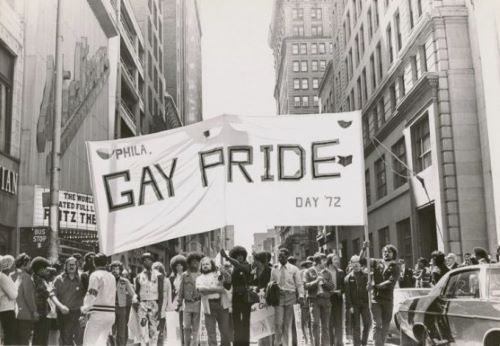
The Annual Reminder Day Pickets were organized by the Eastern Regional Conference of Homophile Organizations (E.R.C.H.O). E.R.C.H.O. (initially called E.C.H.O.) was formed in 1962 as an organization of east coast homophile groups which included the New York Chapter of the Daughters of Bilitis, the Janus Society in Philadelphia, and the Mattachine Society of Washington and New York, and would grow to include others. Watch the 1968 Reminder Day Picket Below:
In this footage from the 1968 picket, you can see homophile activists Barbara Gittings, Frank Kameny, and representatives from the various homophile groups belonging to E.R.C.H.O. Activists Lilli Vincenz and Paul Kuntzler also participated in the Reminder Day Pickets.
The Second Largest Minority. Vincenz, Lilli, filmmaker. Lilli Vincenz Papers, Manuscript Division, Library of Congress
After the Stonewall Uprising (June 1969), the organizers of the Annual Reminder Day Picket (Eastern Regional Conference of Homophile Organizations) suggested that they shift focus from planning the Reminder Day Picket to organizing an annual demonstration in commemoration of Stonewall.
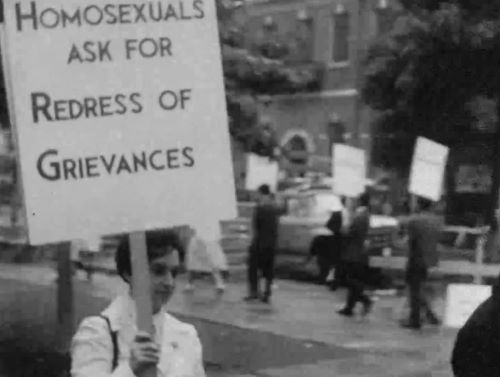
At the November 1969 E.R.C.H.O Conference, the 13 voting organizations present adopted the following resolution:
“We propose that a demonstration be held annually on the last Saturday in June in New York City to commemorate the 1969 spontaneous demonstrations on Christopher Street and this demonstration be called CHRISTOPHER STREET LIBERATION DAY.” The Stonewall Inn is located on Christopher Street, and was the origin point for the Uprising.
From the outset, organizers envisioned it as a national celebration, “We also propose that we contact Homophile organizations throughout the country and suggest that they hold parallel demonstrations on that day. We propose a nationwide show of support.”
To get planning underway, they formed the Christopher Street Liberation Day Umbrella Committee. The committee defined it’s aim of holding a massive march at the culmination of a Gay Pride Week (June 22-28).
Gay and Proud. Footage of the first Pride March in NYC, Christopher Street Liberation Day 1970. From the Lilli Vincenz Papers, Manuscript Division, Library of Congress
The first Christopher Street Liberation Day was a resounding success, the thousands of attendees surpassing organizers expectations. New York, Los Angeles and Chicago quickly began planning for 1971, and soon other cities, states, and countries would begin to establish their own annual Pride traditions.
E.R.C.H.O. member Foster Gunnison Jr. reflected on the positive outcome of the New York Christopher Street Liberation Day 1970:
“...And each of these 5,000 homosexuals had a new feeling of pride and self-confidence, for that was one of the main purposes of the event-to commemorate, to demonstrate, but also to raise the consciences of participating homosexuals-to develop courage, and feelings of dignity and self-worth.” -May 1971
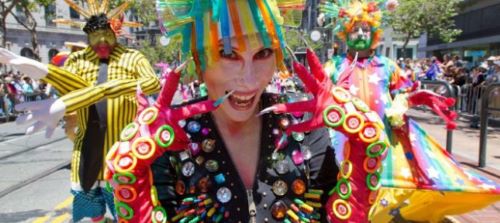
Since June 1970, LGBTQ+ people have continued to gather together in June to march with Pride. Learn more about the pioneering gay rights activists who created Pride by exploring the LGBTQ+ Collections at the Library of Congress.
Originally published by the Library of Congress to the public domain.
